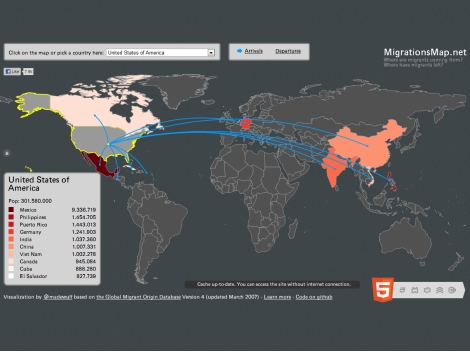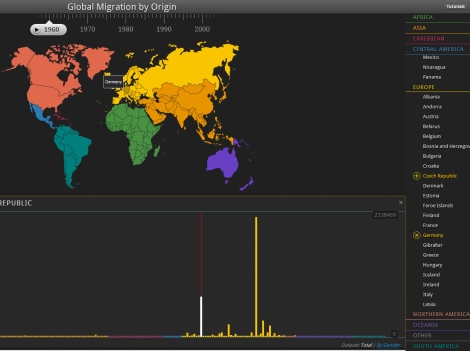Portraits of Modern Migration
13 Aug 2012
Historically speaking, transnational migration has taken place for a variety of reasons and in a variety of contexts. Military conflicts, humanitarian emergencies and fluctuating economic conditions are perhaps the three most significant causes of mass physical movement and displacement of communities from one country to another. Today, approximately 216 million people – or three per cent of the world’s population – reside in a country other than their own. Yet while migration is, on the one hand, regarded as a driving force behind social and economic development, it is also increasingly perceived as a threat to the identity of established communities and security. Indeed, perceptions of such threats are often at their most pronounced during periods of economic hardship akin to those currently being felt in the Eurozone.
In order to better understand why demographics and migration are increasingly understood as a threat to security, we begin this multimedia feature with a video produced by the digital education agency Edeos. This provides us with an historical overview of migration that continues to inform aspects of contemporary debates concerning problems and challenges associated with immigration.
As Edeos amply demonstrate, modern migration remains an incredibly complex issue, with a host of factors impacting upon migration patterns across the globe. Indeed, their findings may also be supported by a number of useful web-based tools that cast light on the impact of migration on a number of regional contexts. These include external pageMigrationsMap.netcall_made, which graphically displays the top ten migrant flows, sorted by country of origin.
The Max Planck Institute’s external pageInteractive Data Graphicscall_made also provide a number of useful visual tools that help chart, in particular, historical flows of migration across and between continents.



